– Yeachin Tsai’s ‘Winter Joy’ Exhibition, Troy, NY
Robert R. Shane
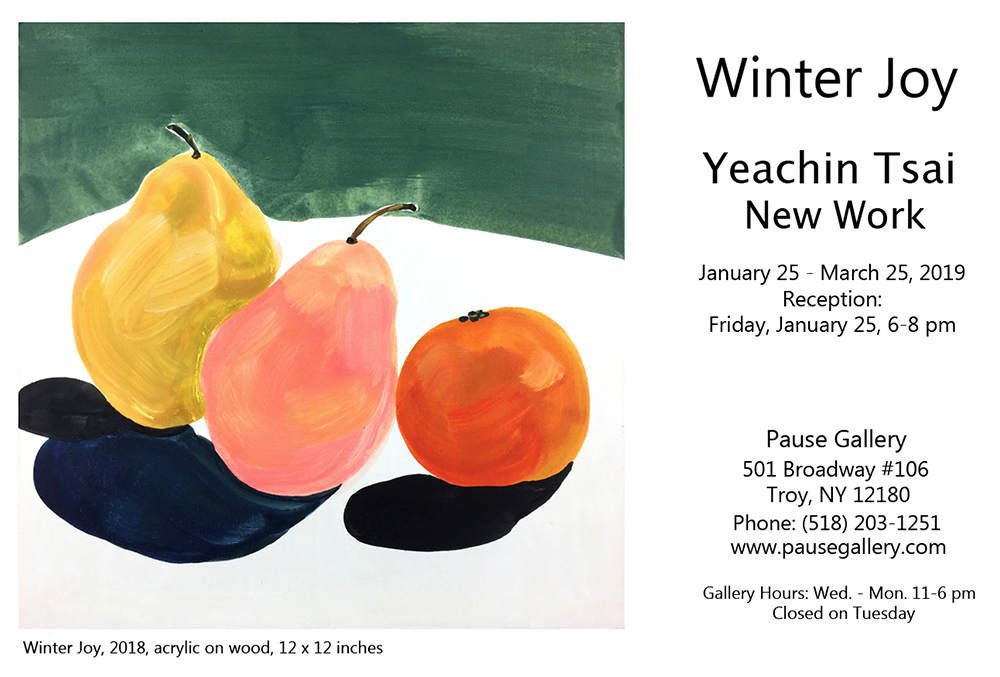
The cold, bleak season of winter has long stood as a metaphor for loss and death, but not so in Yeachin Tsai’s exhibition ‘Winter Joy.’ Her exuberant representational and abstract compositions sing with vitality. The exhibition’s title painting, on 12 x 12 inch panel, resounds with bursts of yellow, pink, and orange brushstrokes describing the voluptuous forms of pears and an orange that all dance, as do their shadows, against a brilliant white ground and verdant sky. This still life is anything but still, although certainly filled with life. Even the quieter centralized composition of Still Life with Onion features a chorus of buoyant pears in the foreground.
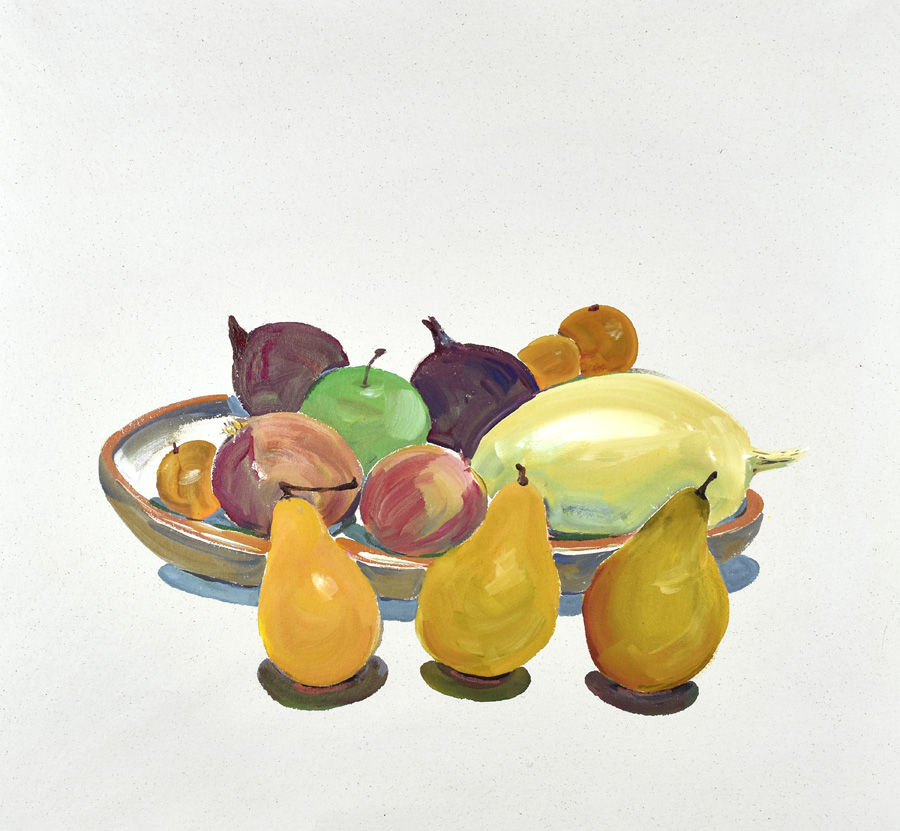
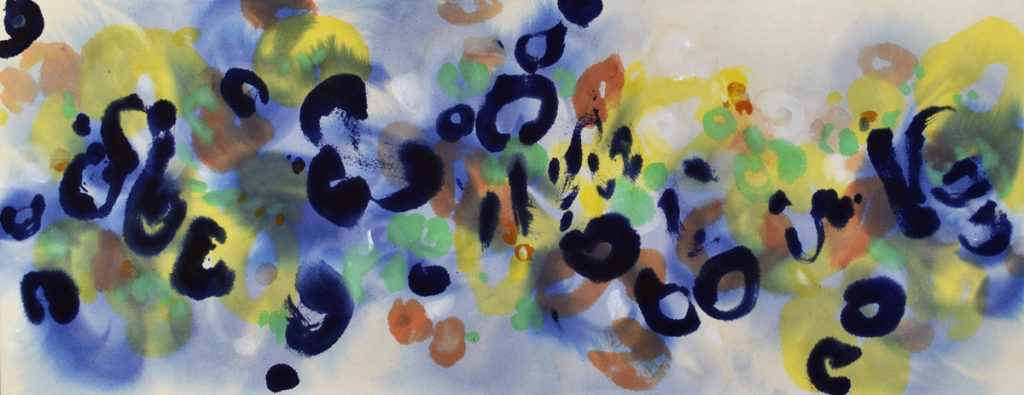
The musicality of Tsai’s still lifes is also found in her abstract works like Summer Music or the jazz-inspired pieces from her ‘Dot in Space’ series. As in the work of Kandinsky, one of Tsai’s major influences and who was deeply attuned to the spiritually transformative power of music, the viewer feels as if they are witnessing a mere slice of the infinite in these pieces. The rhythmic circular forms of these paintings seemingly continue off the canvas in every direction. Similarly, works like Dreamer’s Dream from Tsai’s ‘Floating World’ series, while slower in tempo, evoke the same sense of infinity as rising orbs dissolve into the warm atmospheric background.
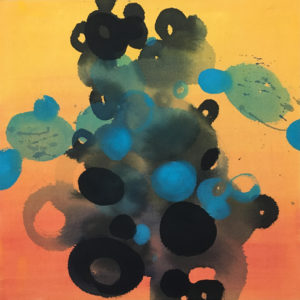
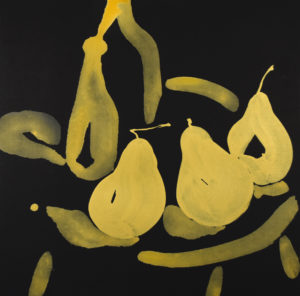
Golden Pears brings together all these elements: music, infinity, and the beauty of everyday forms. With calligraphic mastery—her inimitable style is informed by her training in Chinese calligraphy and study of European modernism—Tsai’s golden brushwork shimmers against a black void. The experience is somewhere between a musical nocturne and an apparition. Like in the ‘Floating World’ series, all sense of ground disappears. Without orientation in space or time, the viewer enters into a mystical experience, one reinforced by the scintillating gold hue reserved in many world traditions, and particularly the Medieval and Byzantine, for religious subjects.
Yet the mysticism of Tsai’s work occurs not in another realm, as it did for Kandinsky for whom the experience of color was a mere physical gateway to a metaphysical realm, but rather here in the sensuous present. Tsai’s work reveals the mysticism of the mundane through close observation of the beauty of a pear’s contour or a red onion’s color. Above all she reveals the innate beauty of her materials, allowing edges of pooling paint to bleed into the tooth of the canvas or thick paint to sit upon the surface. In nearly all the works in this exhibition, Tsai generates tension between the small, often intimate scale of the paintings and their colossal energy. They draw the viewer in and then explode, not violently but joyously, with energetic color and invigorating mark-making, demonstrating that revitalization, even in cold winter, is accessible through contact with small things all around us in plain sight.
Robert R. Shane, Ph.D., is an art historian, art critic, and Associate Professor at the College of Saint Rose, Albany, NY. www.RobertShaneAesthetics.com